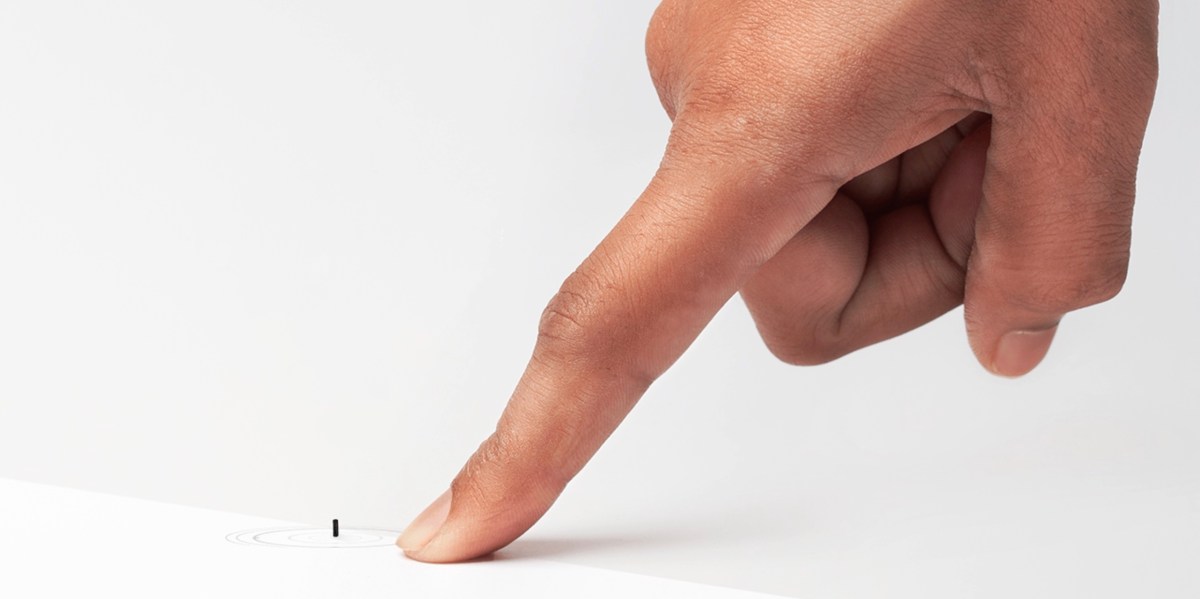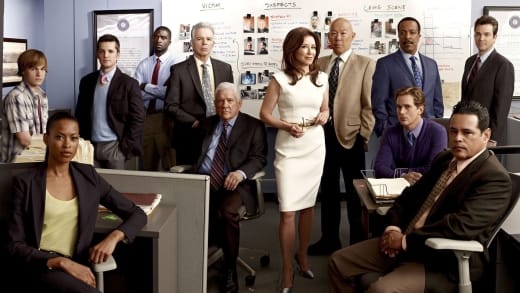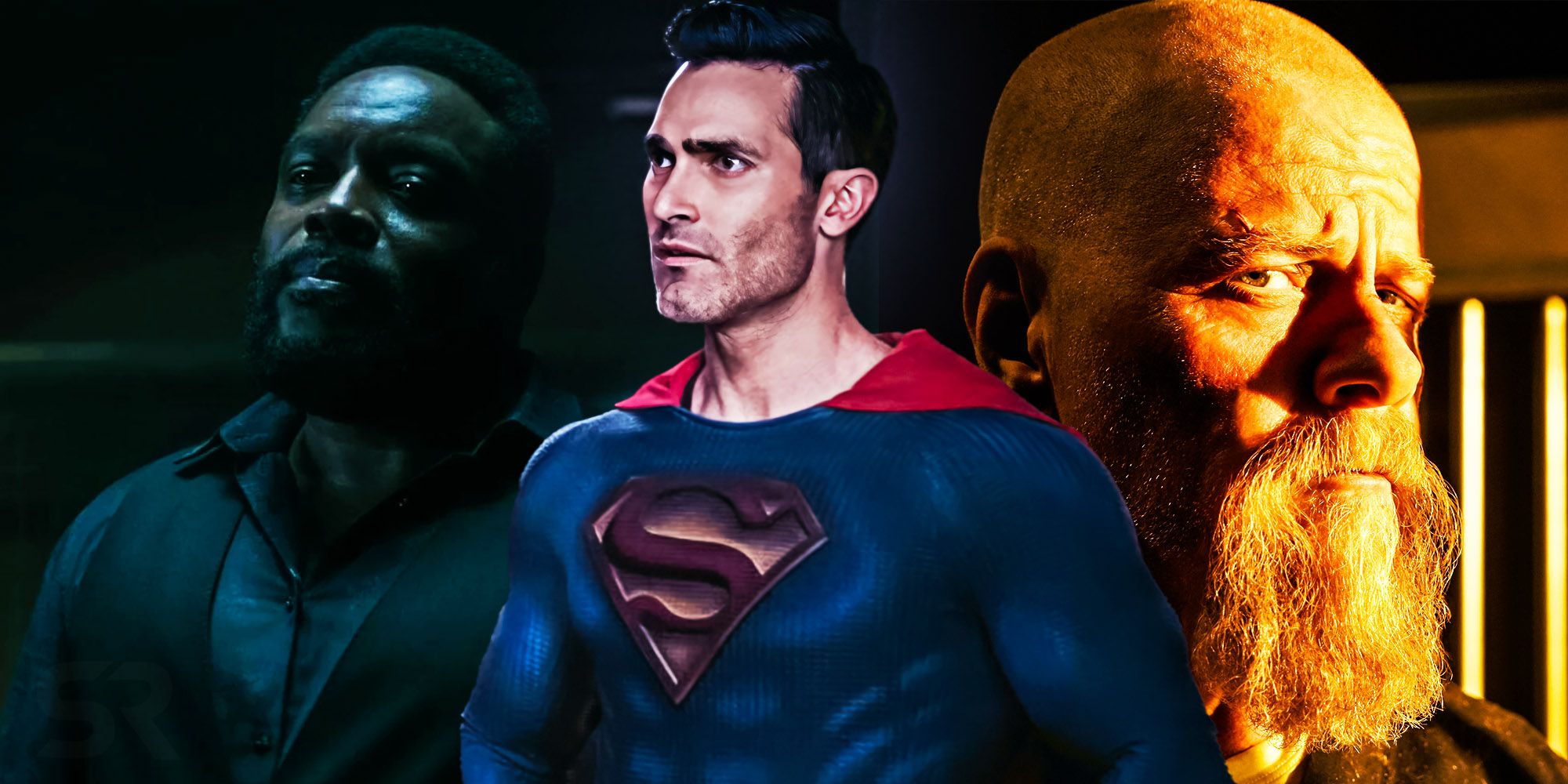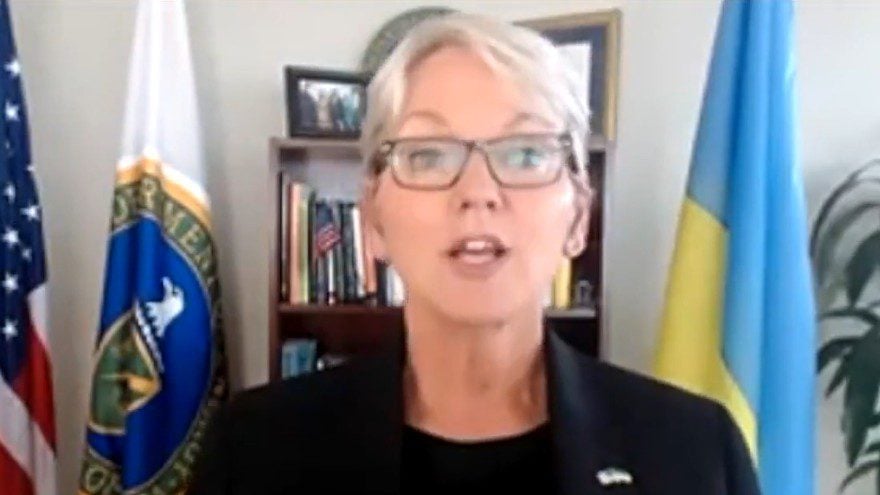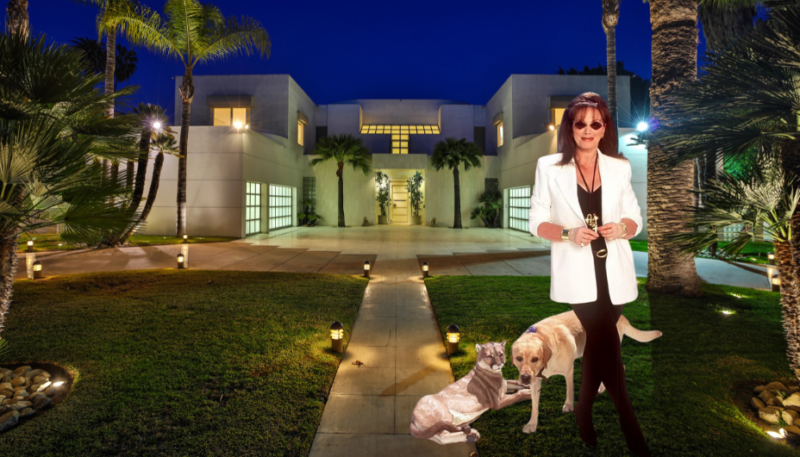Compared to a few decades ago, young people have surprisingly less access to high-quality, informative sex education. Typically, human sexuality programs have been the responsibility of middle or high schools, but like many things, sex is political, and sex education has been prey to the influences of religious dicta, fundamentalist morals, and a family values agenda. As a result, STIs have been at an all-time high for each of the past six years, including among older adults, who are often ignored because people presume they are sexually inactive (they’re not). But thanks to the internet, sex education is enjoying a comeback, and it’s not just for teenagers or young kids, but seniors as well.
Although the majority of Americans support sex education, schools have been remiss in providing comprehensive, evidence-based curricula. Florida’s recently enacted “Don’t Say Gay” law denies students in earlier grades the chance to learn about gender identity and sexual orientation. And comprehensive sex education curricula have been under attack for prematurely sexualizing children, what’s called “grooming”—an unsubstantiated claim that sex ed “grooms” youths to be sexual victims.
Furthermore, a recent report from the Guttmacher Institute, a nonprofit that advocates for sexual health and reproductive rights, indicates that only 25 states require both sex education and HIV education, or instruction that is age appropriate. And just 17 states mandate the course content be medically accurate, which could have particular consequences for those whose sexual orientation and gender identity don’t adhere to heteronormative definitions. Nationally, at least 30 pieces of legislation aim to exclude LGBTQ+ representation. According to Guttmacher, “just say no” and abstinence-only messaging still dominate curricula, with nearly twice as many states providing information only on abstinence, as compared to condoms and other contraception. “Just say no” education isn’t realistic, and simplifies—even sidesteps—the issue of consent, which is about a lot more than yes or no, and a topic only 11 states have as part of their syllabus.
When offered, comprehensive sex ed works. Aside from reducing unwanted pregnancies and STIs, domestic violence decreases, as does homophobic bullying and child sex abuse. That’s where a number of sex educators and websites step in to fill the gap, especially important now in a post-Roe America. Here are a few resources worth checking out.
Scarleteen
Scarleteen was founded in 1998 by Heather Corinna, who still serves as its director. The site offers articles, fact sheets, resource lists, and more, all written by adult, almost-adult, and teen educators, and the content aligns with suggested guidelines for comprehensive sex education for adolescents by SIECUS, UNESCO, the US Centers for Disease Control’s National Health Education Standards, and the UK National Health Service’s Sex and Relationships Education. They also meet the new American School Health Association’s National Sexuality Education Standards. Message boards are staffed with experts and volunteers to answer user questions, for emotional support, and to engage in safe, respectful, peer-to-peer discussion. The site also offers referrals to other sexual and reproductive healthcare services, such as STI testing, prenatal or abortion care, mental health care, LGBTQIA+ support, and more.
Sex, Etc.
Sex, Etc. began as a print newsletter in 1994 and launched on the web on Valentine’s Day 1999. The content comes directly from young adults looking to fill in the gaps in their own knowledge and share what they’ve learned. In keeping with that theme, writers for the site are allowed to contribute to Sex, Etc. only until they’re 20 years old. “Nothing about them, without them,” is how Tazmine Weisgerber, who provides sex education and training for Sex, Etc., describes the site. “The national and international conversations are what our teens are talking about,” she says. “Awareness of LGBTQ+ rights and reproductive justice” are all topics of interest to the site’s visitors, she explained.
To ensure accuracy, student staff participate in a three-day training with professionals, as well as an orientation and monthly meetings. They then work with the site’s editorial content developer, Erica Pass, who guides them through pitching a story to getting it ready to publish. Vivian Welch, now a freshman at the University of Arizona, has written extensively for Sex, Etc., and says one of her favorite pieces she wrote was on sensuality. “Of all the areas that encompass sex education, one thing that people never want to talk about is sensuality, the actual pleasure aspect of sex education. They try to limit it to scare you out of having sex. Which is not the goal. The goal is to give people the proper ways to stay safe. And not just physically safe, but also emotionally safe.”
Looking to the future, Pass says they plan to produce more videos, more TikToks, and more Instagram Reels, because that’s where teens are. “I think that what’s great about Sex, Etc. is that it’s written by teens, for teens,” Welch says. “Sex education is not a way to seduce teens into having a bunch of sex … sex education is a good thing. It’s not here to scare anyone.”
AMAZE
AMAZE is a site that produces educational videos on difficult sex and reproductive health topics. The site launched in 2016, and Rachael Gibson, a psychologist and sex educator, is the site’s senior project manager. “We’ve been expanding globally,” Gibson says. “We have over 200 videos translated into different languages. We have videos specific to different countries and their needs, so our global partnerships are very important to us. And here domestically, a grand vision in a perfect world is that AMAZE is used in all schools and that all young people have comprehensive, inclusive sex ed.”
AMAZE videos are one- to three-minute-long videos based on questions the team has gotten from viewers through their YouTube channel and social media platforms, especially Instagram and TikTok. “Our puberty videos are some of our top videos,” Gibson continues. “There are a lot of questions about gender identity, what it means to go through puberty as a transgender or nonbinary or gender-nonconforming person. This is one of the biggest changes.” While the audience is largely young people, the website is used by a growing audience of parents, caregivers, and medical professionals. And in response to legislation like Florida’s “Don’t Say Gay” bill, the platform is experimenting with geotargeting its videos. “We know the kids are going to be going for the info, but we want them to get the stuff that is medically accurate, inclusive, and scientifically informed,” Gibson says.
Pornography As an Educational Tool
Traditionally, most people don’t consider pornography a source of reliable sex education; its typical purpose is to titillate rather than educate. However, there are individuals in the adult entertainment industry who have—and continue to—play a significant role in modeling a paradigm for diversity, acceptance, and ethical sex. Erika Lust, a director and producer of art-house adult films, is cofounder of The Porn Conversation, a website designed to help inform families and educators about sex. “Porn is an industry, and as a media, is sending out messages to adults, but also to all these young people who are using porn as information,” she says. By the age of 12, Lust explains, most kids have seen some form of porn, because they’re naturally looking out for it. “Even if porn never was supposed to be sex education, it has become sex education. There’s a risk just leaving them to watch it,” Lust explains. “It’s so important to have this conversation.” Lust works with other sex educators and researchers, youth organizations, and universities to counter the hypersexualized messages delivered by so much porn—messages that are racist, aggressive toward women, and reflect unrealistic body types.
But Lust’s curriculum isn’t just for young people. She provides information for parents to learn about sex themselves because often they didn’t have access to sex education when they were younger. Lust also directed a movie called Soul Sex, a documentary featuring sex educators Annie Campbell and her husband, John Campbell, where they discuss and demonstrate their approach to pleasure and lovemaking at any age. The Campbells extend their efforts on their website, where they offer coaching sessions and webinars aimed to help couples embrace their sexuality.
Other educators are also targeting older adults, particularly seniors, with educational videos designed for their needs. Jessica Drake is an adult actor and sex educator focused on seniors who, with her series, the Guide to Wicked Sex, directs adult-oriented how-to videos. Joan Price, an author and sex educator, teamed up with Drake to produce a Guide to Wicked Sex aimed specifically at seniors. The film is educational and explicit—Price’s informational segments are demonstrated by two senior couples. As Price told me, “Sex may change as we age, but sex has no expiration date.”
Regardless of your age, evidence-based and high-quality sex education is becoming harder and harder to find offline. As a result, the internet has become a primary resource for inclusive sex education for young and old alike. Information that deals with the essentials—our biology and how it works, and the social, psychological, and behavioral facets of sexual experiences—is readily available. As with anything else, the rest is up to us to be smart consumers and to defend free access to such information.
















































